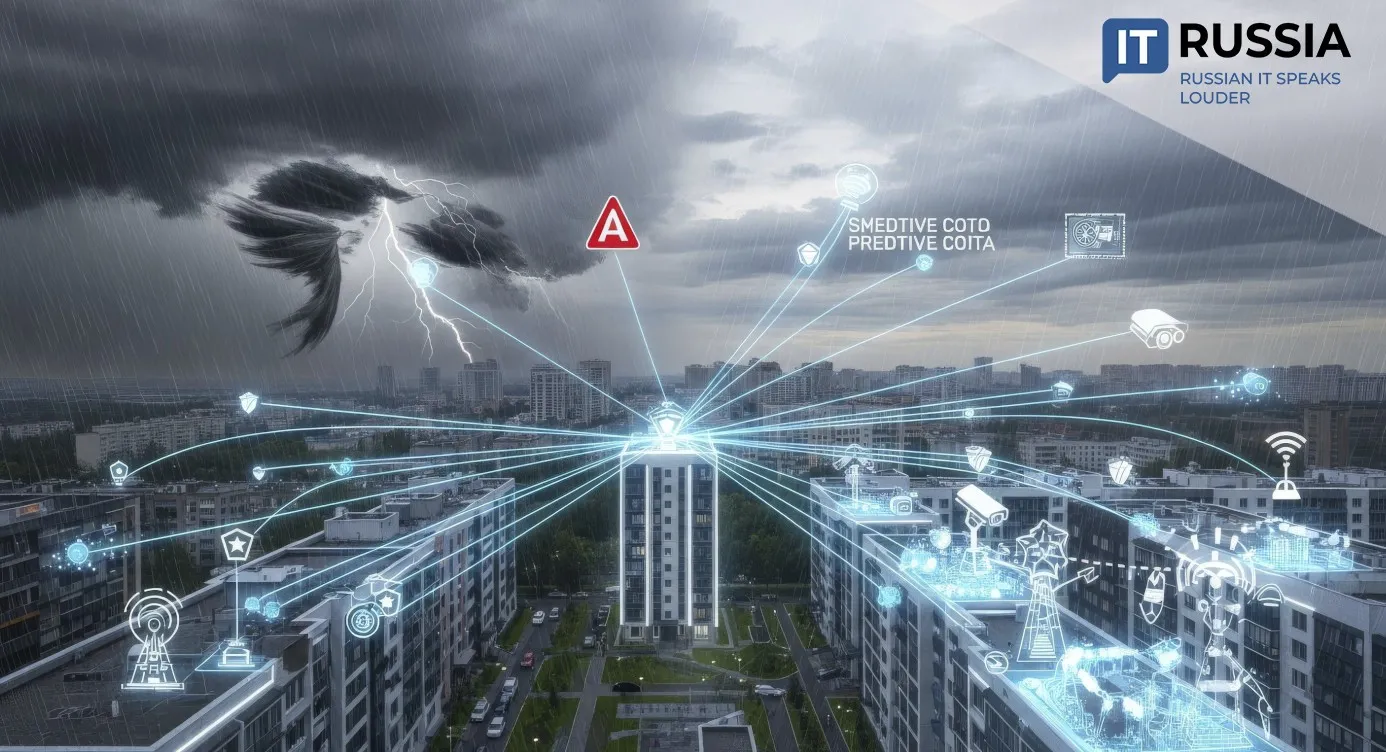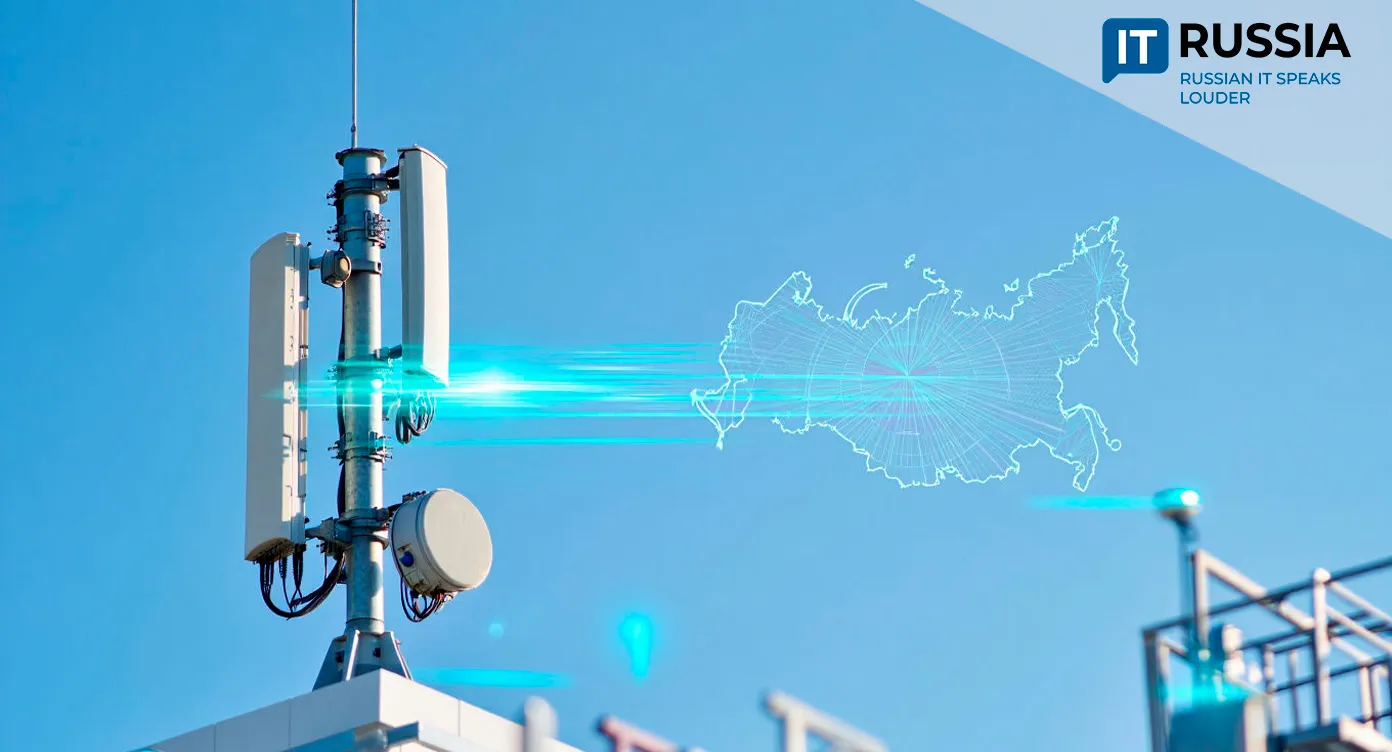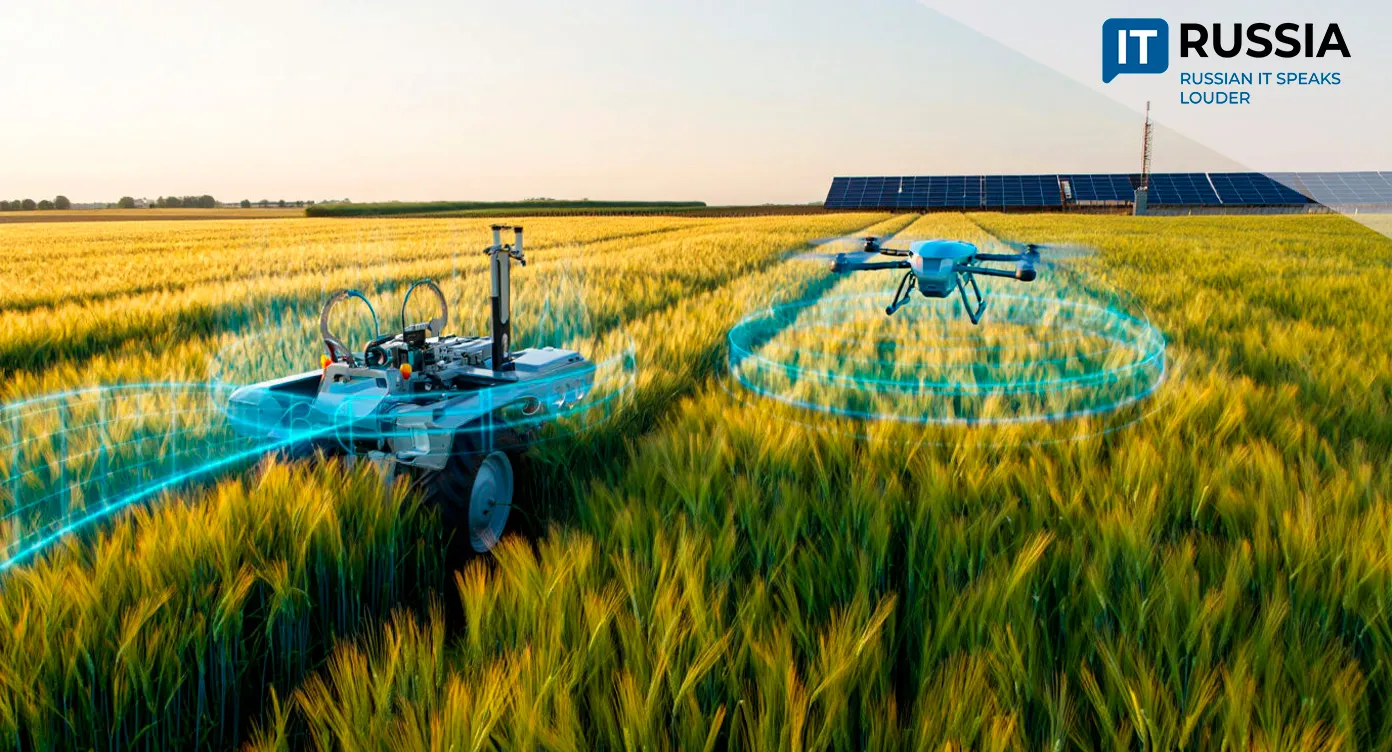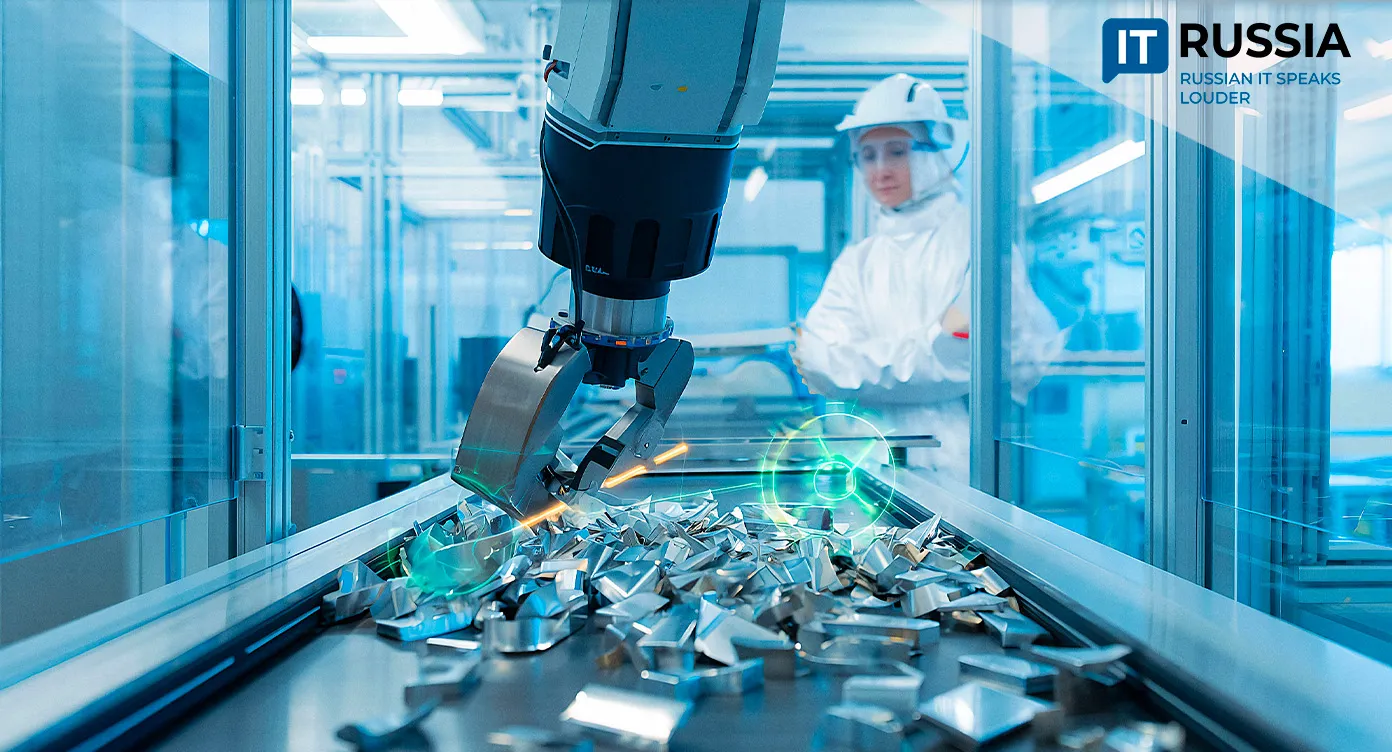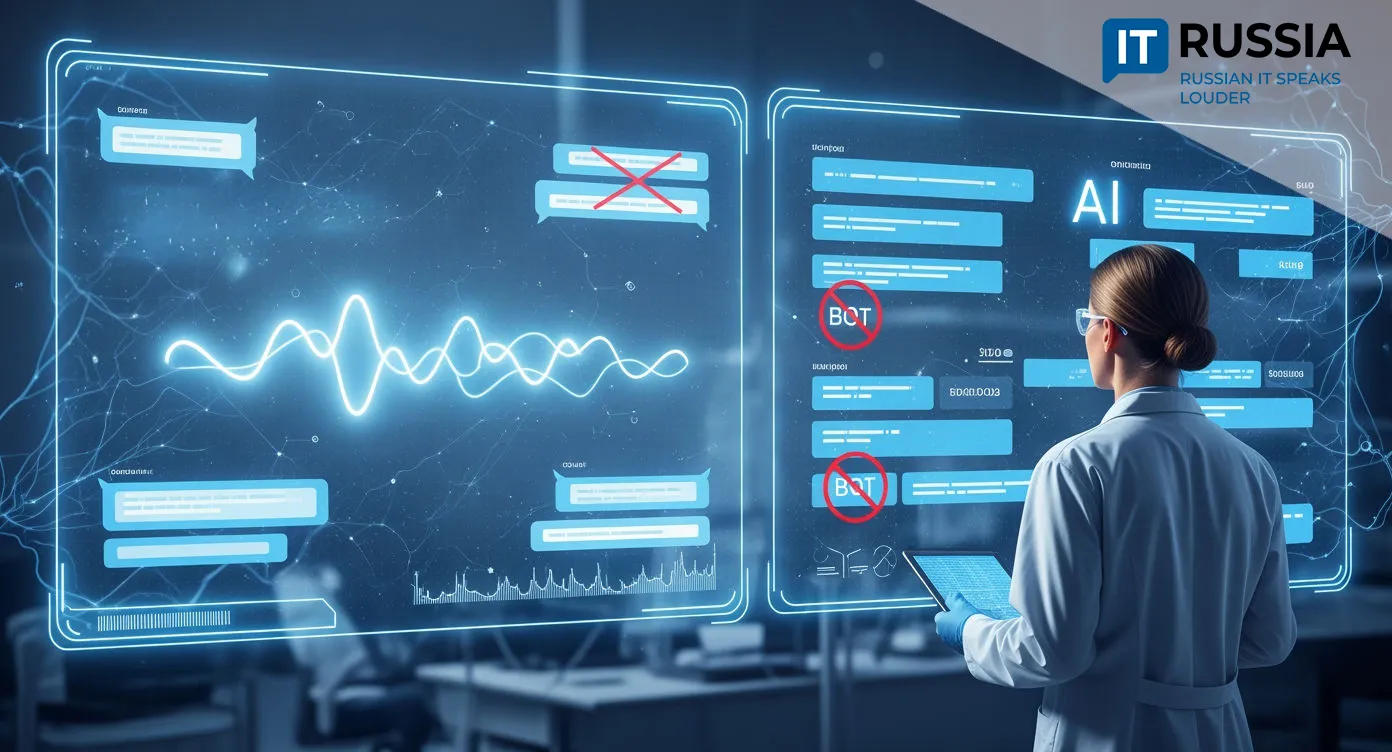Rosatom Delivers Test Stand to France for ITER Thermonuclear Reactor
Rosatom has supplied its first Russian-made test stand for ITER’s port plugs — a critical milestone in one of the world’s most ambitious fusion‑energy projects.
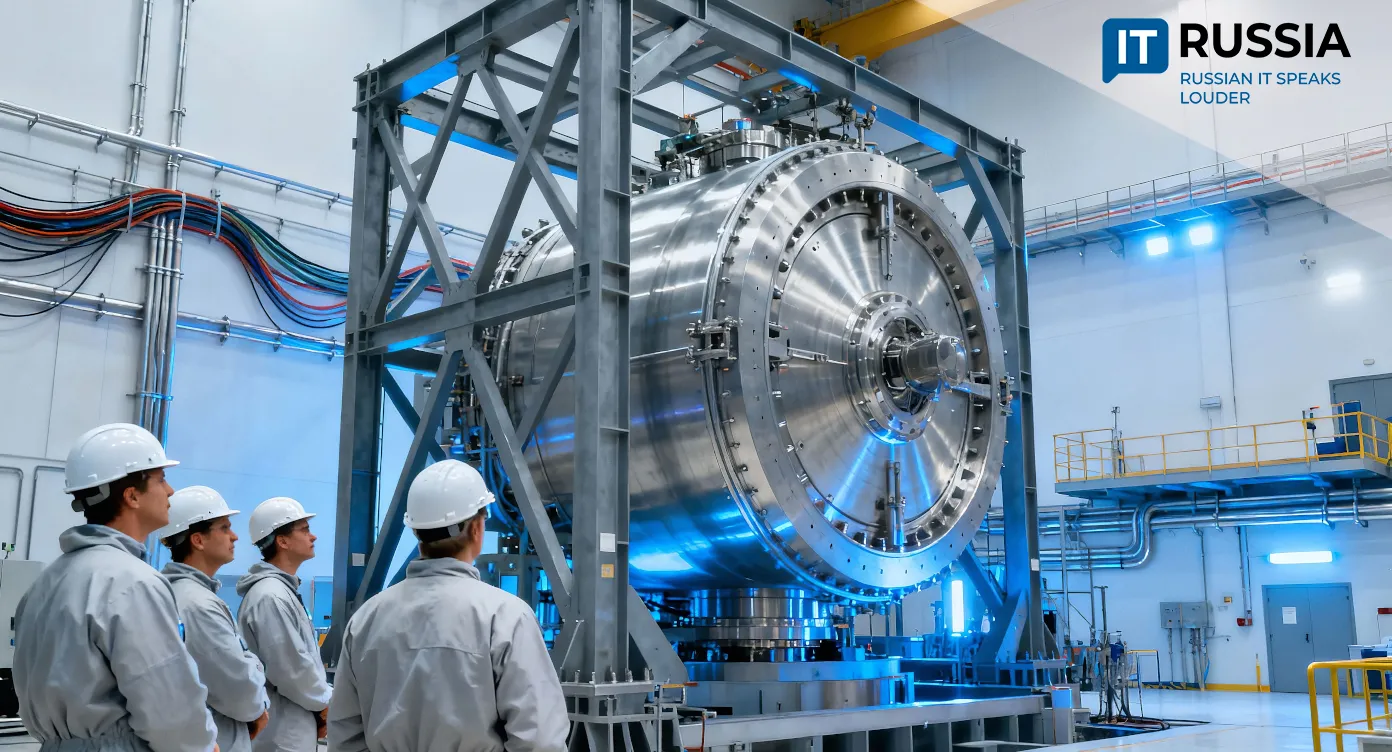
Russia Delivers First Port Plug Test Facility to ITER
The ITER experimental fusion reactor site in Provence has received the first of four Russian‑built Port Plug Test Facilities (PPTF). Manufactured in Bryansk, the installation enables vacuum, thermal, and functional testing of the reactor’s port plugs—critical components installed inside the tokamak’s vacuum chamber.
Port plugs provide electrical power to magnetic systems and house diagnostic instruments. ITER will require 46 such elements, and each will undergo mandatory qualification on the Russian test benches.

Engineering Capabilities Behind the Delivery
The equipment was supplied by Bryansk‑based GKMP, part of Rosatom’s ITER Project Center. Production required advanced domestic technologies in cryogenics, high‑vacuum engineering, and precision thermomechanics.
The steel frame weighs more than 20 tonnes and distributes loads from the test chamber during plug installation. Operating conditions inside the facility replicate those inside the fusion reactor.
A Critical Milestone for Diagnostics Deployment
ITER’s head of port plug testing, Thierry Cerisier, described the systems as “a mini‑tokamak without a magnetic field or plasma,” capable of reproducing all other relevant operating conditions. Certification of diagnostic systems would be impossible without such facilities.
Russia is responsible for building all four PPTFs, demonstrating the maturity of its engineering competencies and its technological role within the project.

Russia’s Broader Role in ITER
Russia has been tasked with manufacturing and supplying 25 reactor systems—equivalent to 9.09% of construction value. More than 50 Russian research institutes and industrial partners contribute to the project.
Rosatom has already delivered superconductors, a poloidal field coil, and four gyrotron complexes, with other components progressing on schedule.
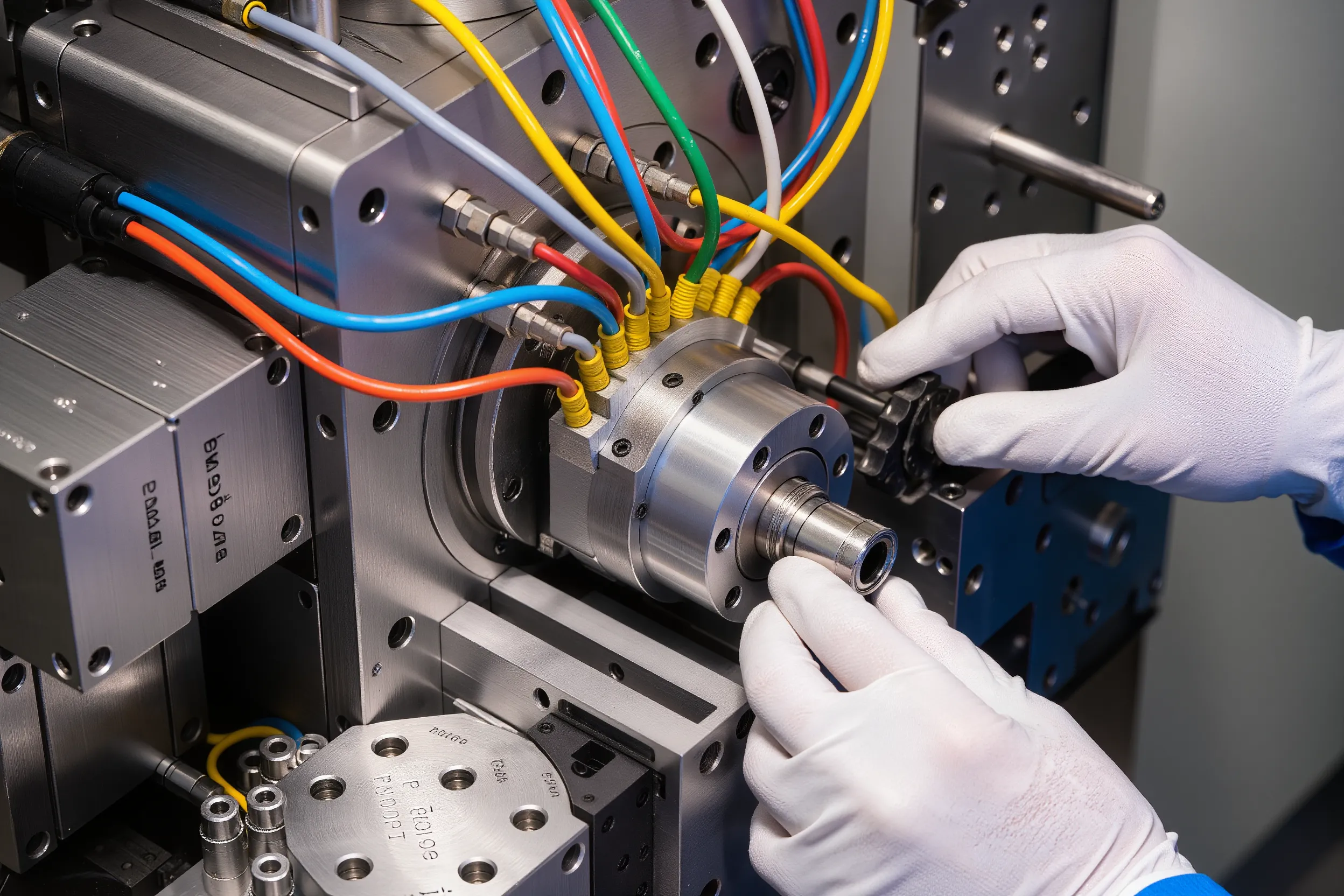
Technological Returns for Russia
Participation in ITER has accelerated the development of Russia’s own superconducting and high‑vacuum technology sectors. These solutions are now used in domestic fusion devices such as T‑15MD, plasma propulsion test stands, aerospace hardware, and industrial automation.
Russia is positioned to enter future commercial fusion markets with a complete ecosystem of magnet, superconductor, and test equipment suppliers.


















